- The axis ticks of a
seaborn.barplot, and a pandas.DataFrame.plot with kind='bar', are indexed from 0. The xtick label is just text, and is not representative of the tick position.
matplotlib.pyplot.bar and matplotlib.axes.Axes.bar are indexed based on the value passed to the x-axis, if it's not a string data type.seaborn is a high-level API for matplotlib, and pandas.DataFrame.plot uses matplotlib as the default backend.- The same applies to horizontal bars, and to other categorical plot methods, such as
violinplot, swarmplot, stripplot, and boxplot.
- Using
plt.gca().get_xticklabels(), or ax.get_xticklabels(), will show the ticks and the associated labels.
- Set the xtick range from
0 to the len(df).
# setting xticks based on the ticks being 0 indexed
# color was set to a single color, because the husl color did not encode any information
sns.barplot(data=df, x='Year', y='Temperature', color='tab:blue', width=0.3)
_ = plt.xticks(range(0, len(df), 12))

df.plot(kind='bar', x='Year', rot=0)
_ = plt.xticks(range(0, len(df), 12))

plt.bar(height='Temperature', x='Year', data=df)
_ = plt.xticks(range(df.Year.min(), df.Year.max() + 1, 10))

- This applies to other categorical plots:
violinplot, swarmplot, stripplot, boxplot, and horizontal barplot.
flights = sns.load_dataset('flights')
fig, ax = plt.subplots(2, 3, figsize=(12, 8), sharex=False, sharey=False, tight_layout=True)
ax = ax.flat
sns.violinplot(data=flights, x='year', y='passengers', color='tab:pink', ax=ax[0])
ax[0].set_xticks(range(0, len(df.year.unique()), 2))
sns.swarmplot(data=flights, x='year', y='passengers', size=3, ax=ax[1])
ax[1].set_xticks(range(0, len(df.year.unique()), 2))
sns.stripplot(data=flights, x='year', y='passengers', size=3, ax=ax[2])
ax[2].set_xticks(range(0, len(df.year.unique()), 2))
sns.boxplot(data=flights, x='year', y='passengers', color='tab:pink', ax=ax[3])
ax[3].set_xticks(range(0, len(df.year.unique()), 2))
sns.barplot(data=flights, y='year', x='passengers', color='tab:pink', orient='h', ax=ax[5])
ax[5].set_yticks(range(0, len(df.year.unique()), 2))
ax[4].remove()
plt.show()





